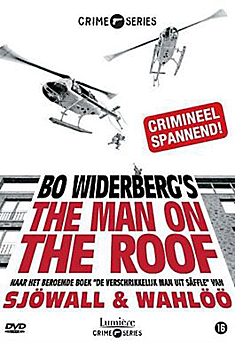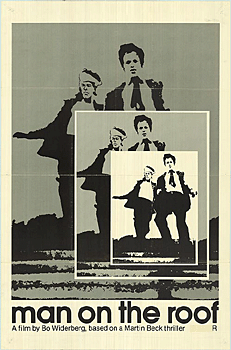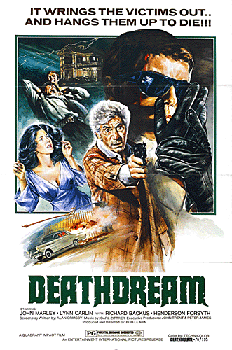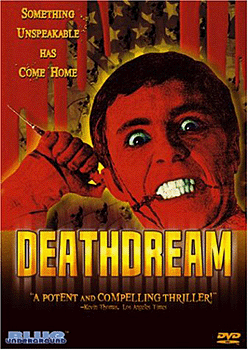|
Top 10 Unmissable Exploitation
Films of the Seventies Part 1.
When it concerns quantity and quality the
Seventies are the most defining decade of the exploitation film. At
that time the grindhouses and drive-ins in the United States that showed these
obscure flicks as counterpart to the mainstream cinema were well attended but
also the Asian and the European (especially Italy) equivalents were very
popular during this decade.
In this Top 10 I excluded the more familiar
(all magnificent) exploitation films like Halloween (John Carpenter,
1978), The Texas Chainsaw Massacre (Tobe Hooper, 1974) and Dawn of
the Dead (George A. Romero, 1978) because they are mentioned continually
on almost all top lists concerning this subject. Well anyway, on 10 we've
got...
|
|
10) Man on the Roof ( Bo Widerberg, 1976 )
|
|

|

|
| An ex-cop entrenches himself with weapons on
the roof of an apartment building in Stockholm and starts shooting on
accidental passers-by and former colleagues. Widerberg adapted Sjöwall's
novel and turned it into a suggestive exploitation film commenting on the
isolation and the professional deformation of the police. The perpetrator
remains invisible until the end while in the meantime research is being done
on him. A tense action-thriller with a great helicopter stunt.
|
|
9) Deathdream ( aka. Dead of Night) (Bob Clark,
1974 )
|
|

|

|
| An original and intelligent treatment of the
zombie theme. A supposed death Vietnam soldier (Richard Backus) returns to his
family as a total stranger with a murderous bloodlust. One of the first films
that focused on the problems of repatriating Vietnam soldiers. Backus as the
'estranged' soldier is excellent just as John Marley and Lenny Carlin ( both >
Cassavetes
regulars ) as his parents. It is also the
first movie which includes the gory effects from the legendary make-up FX
artist Tom Savini.
|
|
8) The Todd Killings ( Barry Shear, 1971 )
|
 |
 |
| Highly underrated and largely unknown
exploitation film based on the historic events concerning the murderer >
Charles
Schmid who was also known as
the "The Pied Piper of Tucson". Shear's profound movie tells the
story of a group of adolescents who, under the influence of the
charismatic and misogynistic womanizer Skipper Todd, get involved in a series
of murders. Well acted drama especially by Robert F. Lyons as the leader of
the group and a convincingly subversive assault on the American Dream.
|
|
7) Scum ( Alan Clarke, 1977-79 )
|
 |
 |
| Clarke's TV film is a harsh indictment on
violence in youth prisons. It was commissioned by the BBC but due to a rape
and suicide sequence and the overall violence it was banned. He and Roy Minton
reworked the screenplay and shot it again for the cinema with almost the same
cast and some adjustments. The young Ray Winstone is great as Carlin, the new
inmate who wins the power struggle Mick Ford in the cinematic release and
David Threllfall in the T.V. version are both great as Archer the subversive
and intelligent adolescent. Although the film was banned in at its first
release it had positive effects on the youth prison system in the UK which
became more human.
|
|
6) Master of the Flying Guillotine ( Jimmy Wang
Yu, 1975 )
|
 |
 |
| Although Wang Yu's sequel to his own
> One-Armed
Boxer (1971) was an
independent production with a smaller budget it is nowadays considered to be
one of the seminal and most celebrated martial-arts martial-arts film. The
one-armed Liu Ti Lung (Wang Yu), now a kung-fu teacher, and his school are
challenged to participate in a martial-arts tournament but choose to be just
observers. In the meantime a blind master assassin dressed as a monk and
accompanied with a notorious tool of death is trying to find Liu Ti
Lung to avenge his dead disciples. This exploitation film presents countless
memorable fight scenes and characters such as the yoga master with the
extended arms, a kung-fu master with a lethal hair-tail, a monkey boxer, a
pole fight sequence, a ruthless thai-boxer and last but not least the
deadliest weapon in martial-arts film history the flying guillotine.
|
|